Frequency Plots
| Fan Speed (PWM) | Peak Frequency |
|---|---|
| Fan 20% | 5 kHz |
| Fan 30% | 5 kHz |
| Fan 40% | 4 kHz |
| Fan 50% | 400 Hz |
| Fan 60% | 500 Hz |
| Fan 70% | 400 Hz |
| Fan 75% | 400 Hz |
| Fan 80% | 800 Hz |
| Fan 90% | 500 Hz |
| Fan 100% | 500 Hz |
20% Fan Speed
- Peak frequency: 5 kHz
30% Fan Speed
- Peak frequency: 5 kHz
40% Fan Speed
- Peak frequency: 4 kHz
50% Fan Speed
- Peak frequency: 400 Hz
60% Fan Speed
- Peak frequency: 500 Hz
70% Fan Speed
- Peak frequency: 400 Hz
75% Fan Speed
- Peak frequency: 400 Hz
80% Fan Speed
- Peak frequency: 800 Hz
90% Fan Speed
- Peak frequency: 500 Hz
100% Fan Speed
- Peak frequency: 500 Hz
Signal Recordings
I’ve recorded the signals shown above, but please note that I’ve enabled Automatic Gain Control (AGC) to facilitate their reproduction. The provided recordings are intended for aural identification purposes only.
20% Fan Speed
30% Fan Speed
40% Fan Speed
50% Fan Speed
60% Fan Speed
70% Fan Speed
75% Fan Speed
80% Fan Speed
90% Fan Speed
100% Fan Speed
Pages:

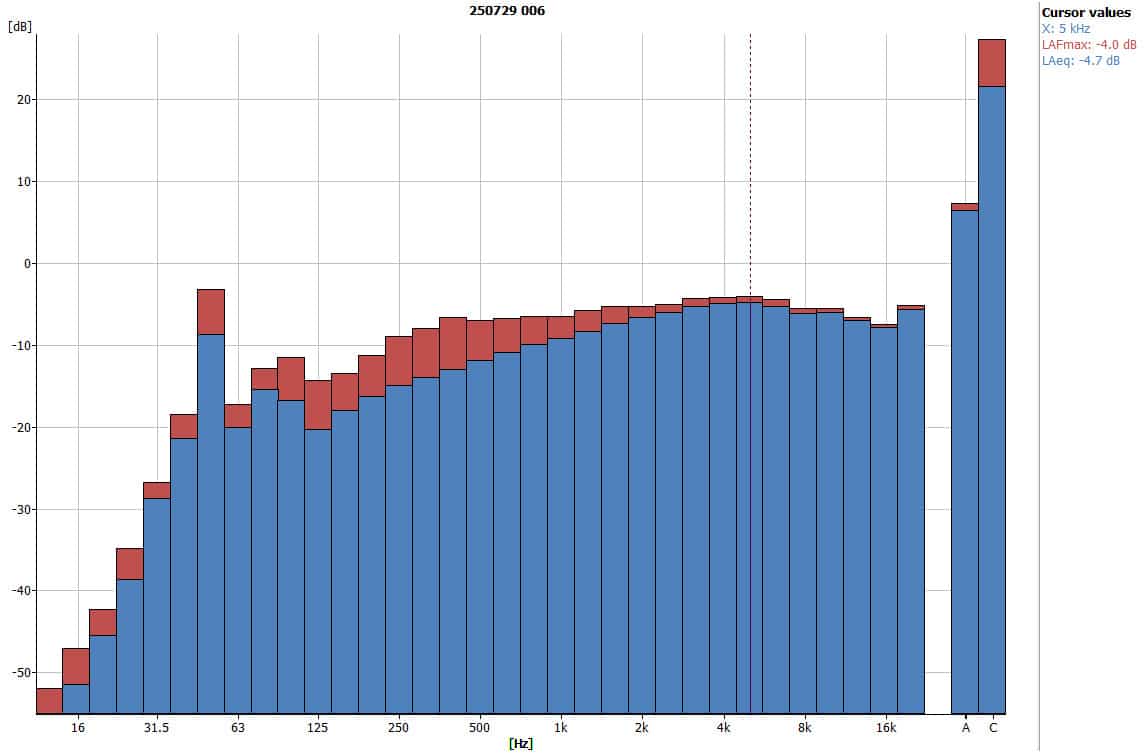

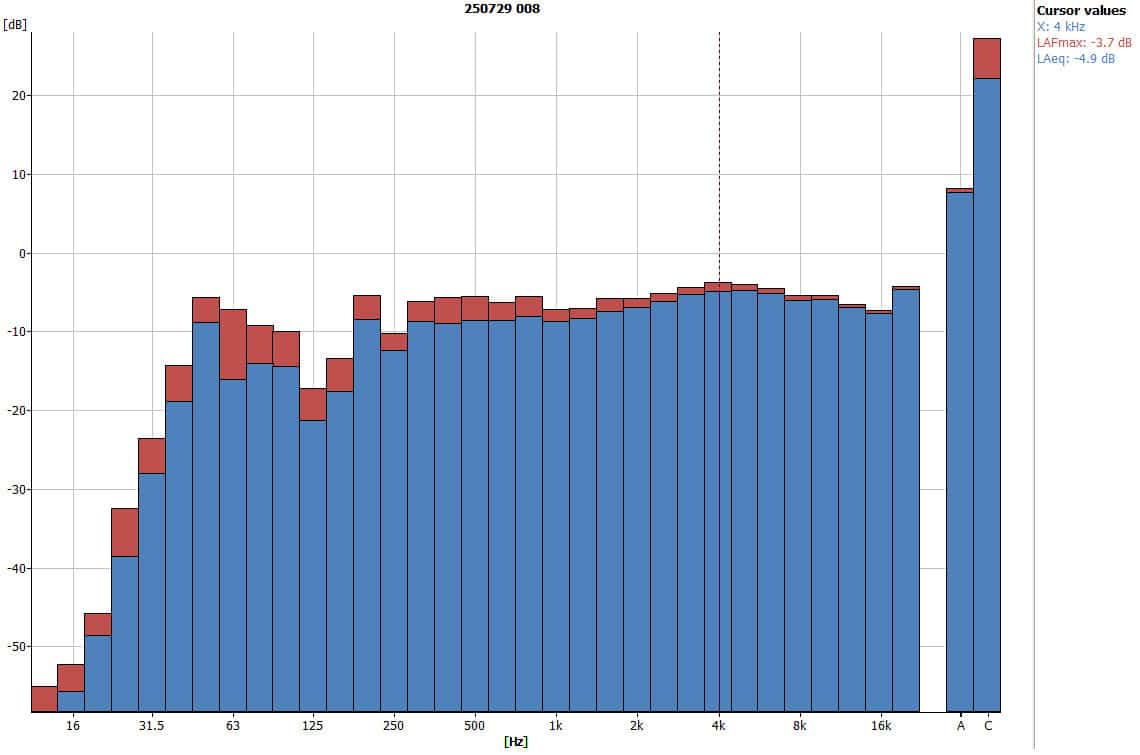
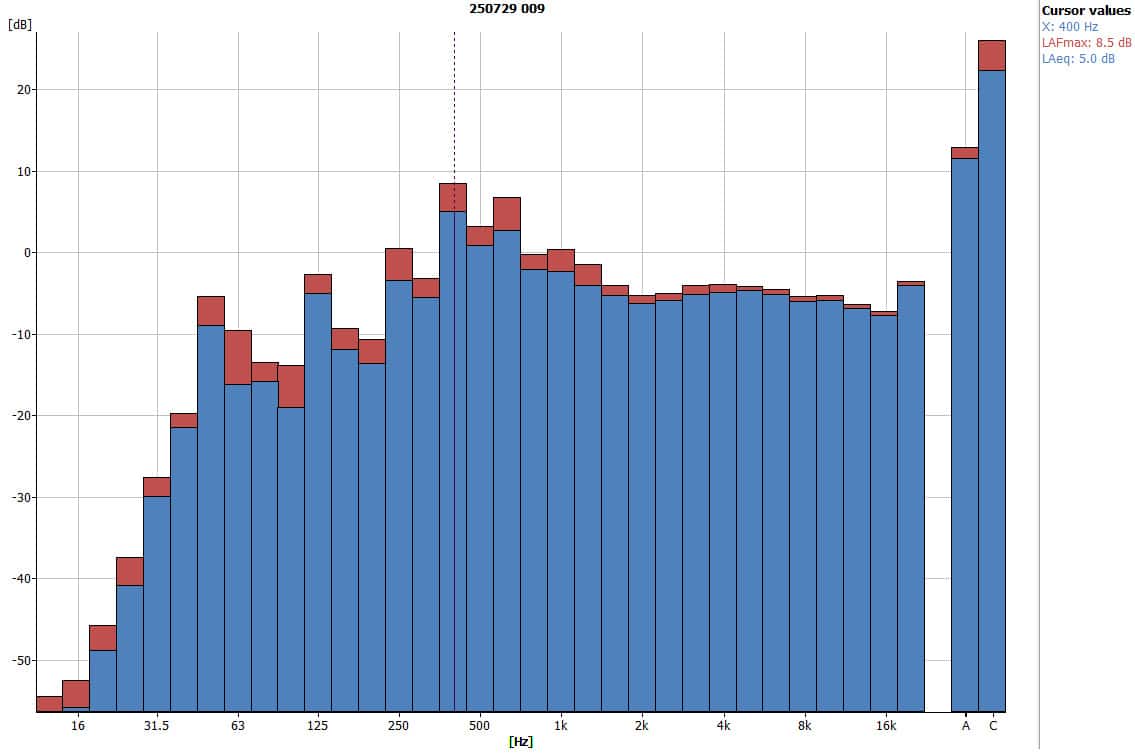
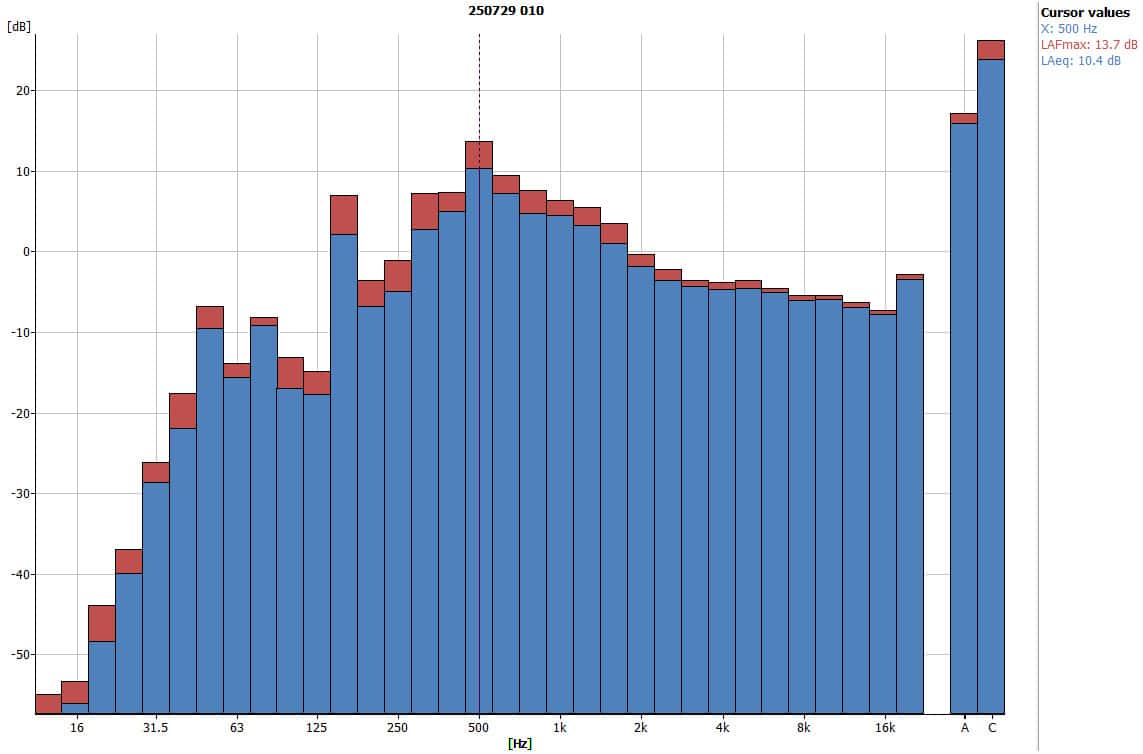
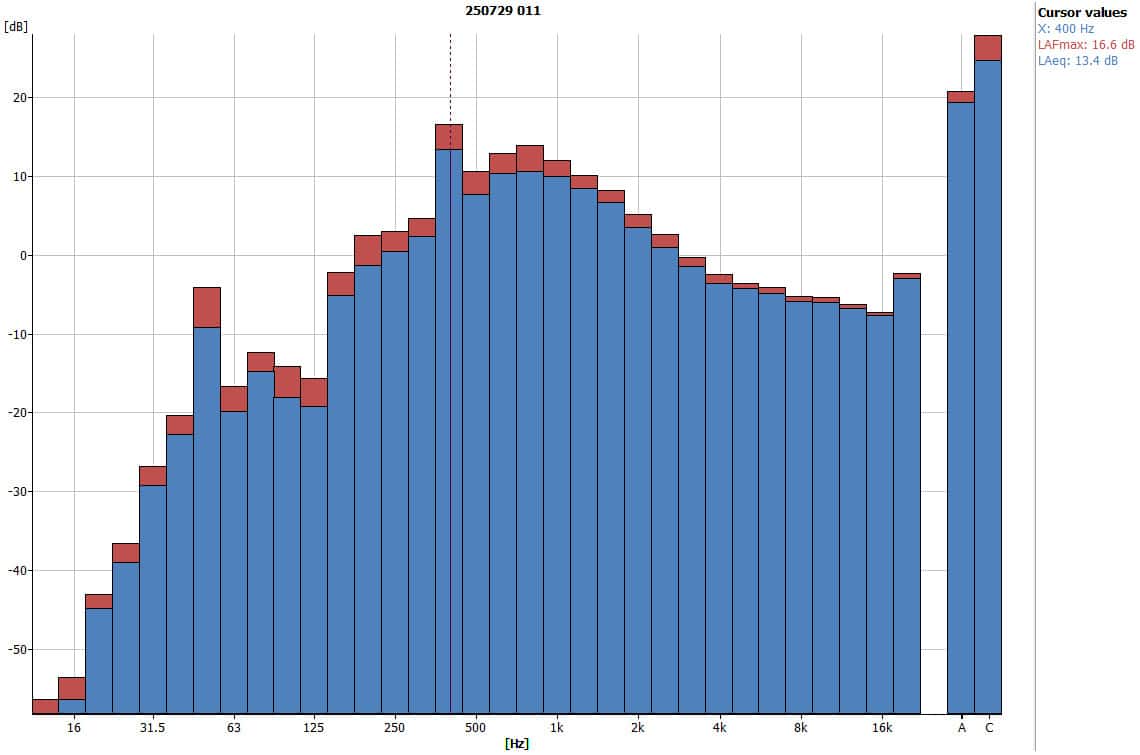
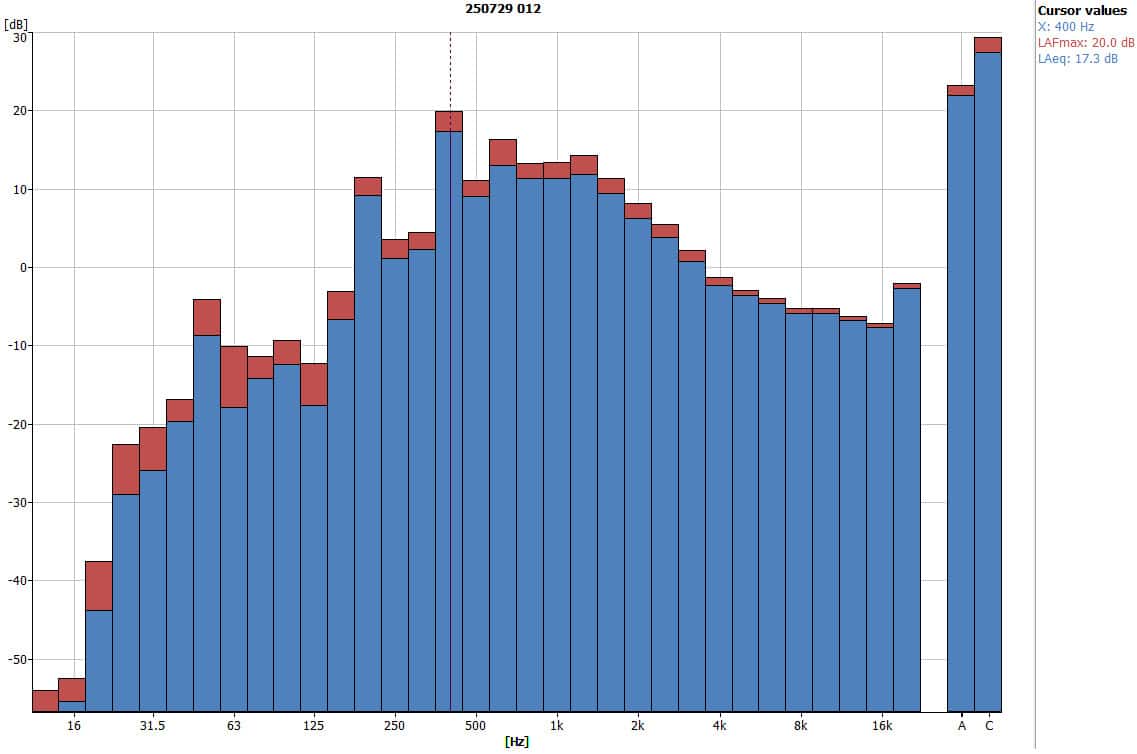
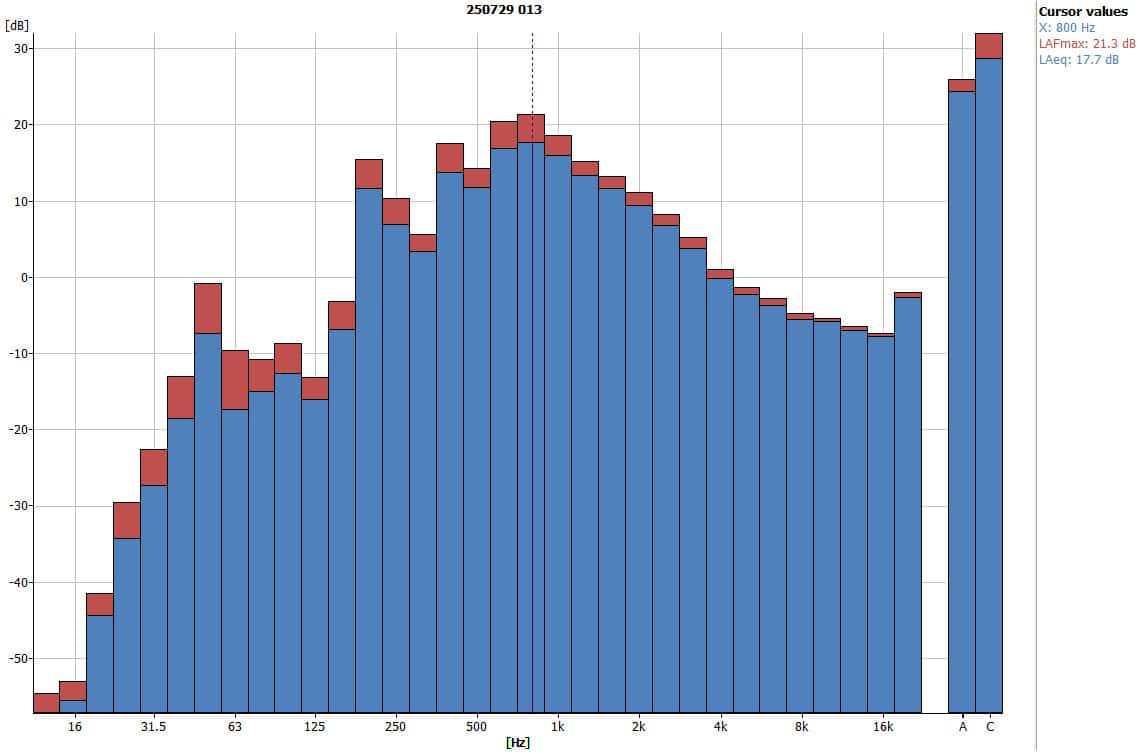
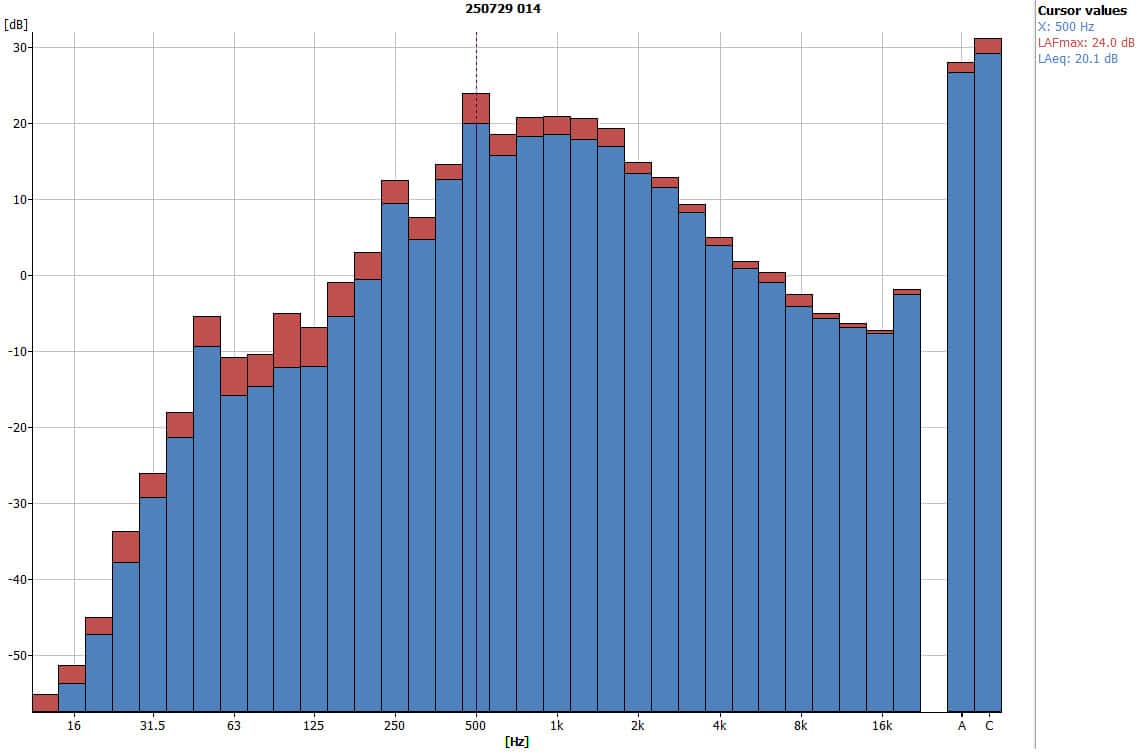
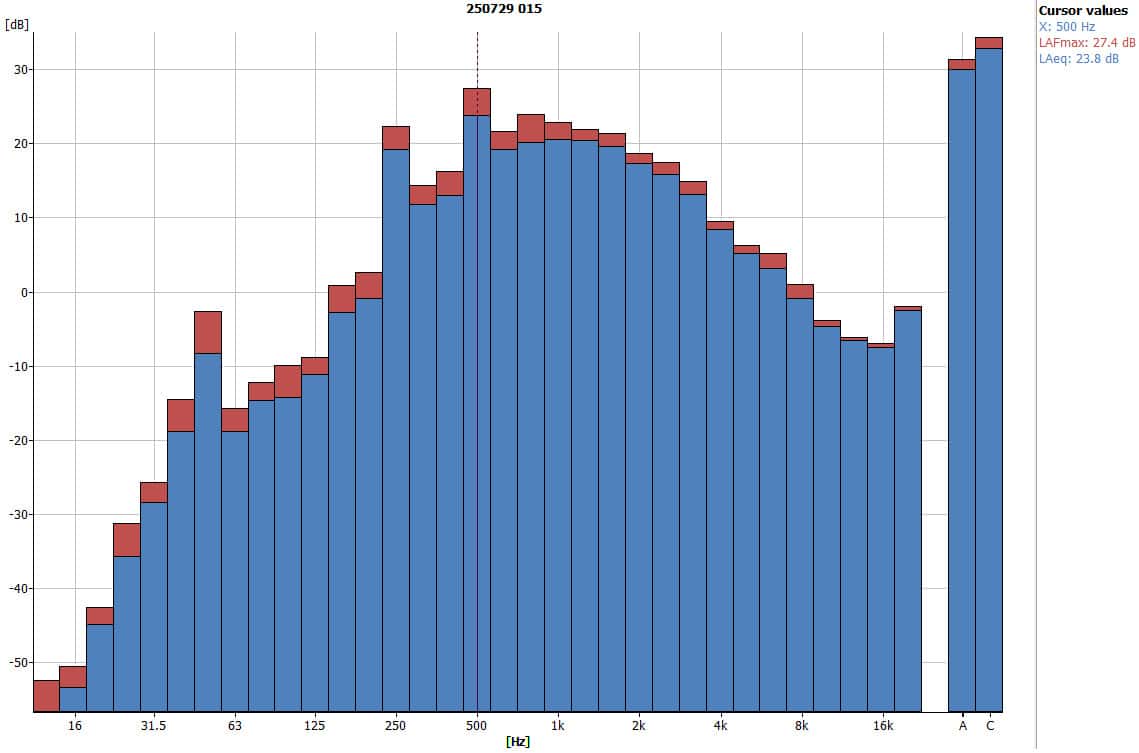
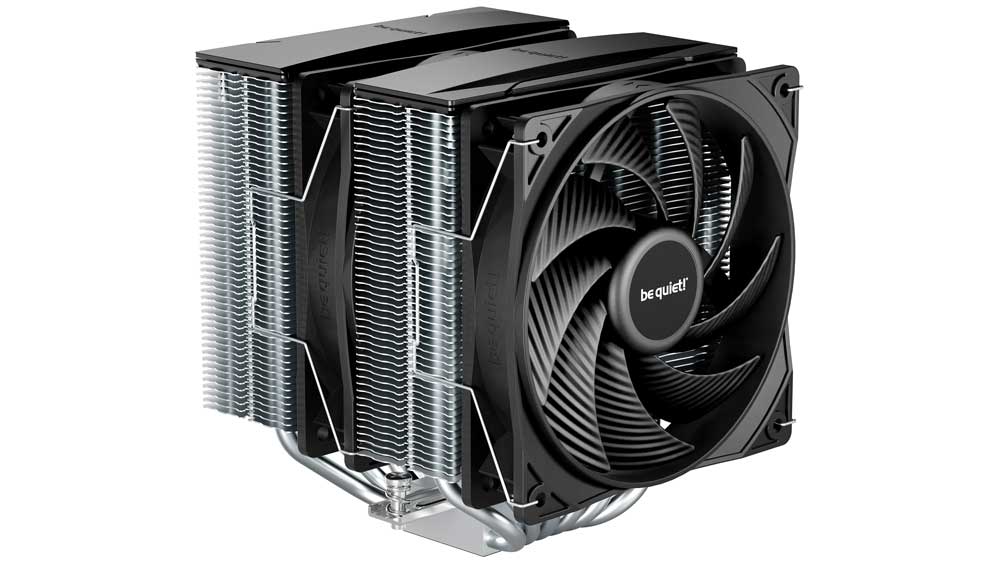
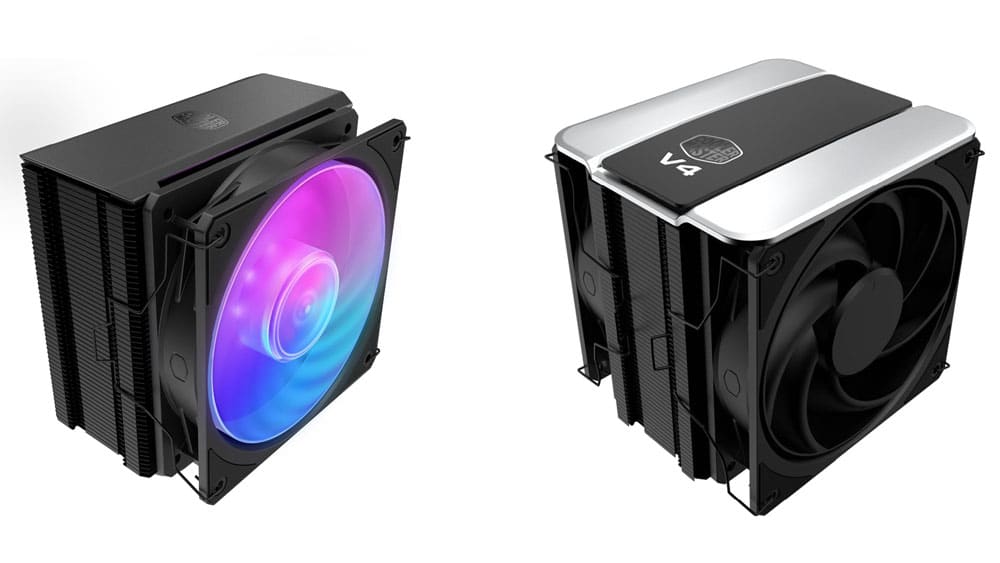
Thanks for the review. I was particularly interested in how the Noctua NF A12x25 G2 compared to the XPG Nidec Vento Pro 120 PWM, since the XPG compared pretty well to the Phanteks T30-120. To my surprise it didn’t compare that well with the Noctua with respect to static pressure. Then I noticed that the values for static pressure of the XPG in the normalized noise comparison graphs for the Noctua are substantially lower than in the original test for the XPG and in the normalized noise comparison graphs for the Phanteks. E.g.: Original test @ 25 dBA: 1.92 mmAq, Noctua comparison graph @ 25 dBA: 1.68 mmAq.
If the values for static pressure in the Noctua comparison graphs are correct, the performance of the XPG drops considerably compared to the original test.
Can you explain what happened here?
It’s a one-trick pony fan IMO. It’s a quiet fan but that’s all it has to offer. Just performance-wise, it’s in the middle of the pack with focus on low noise performance… however at that level of low RPM, they would all perform more/less the same with maybe 1 or 2C delta in real world. On the otherhand, T30 performs well at low noise but also has the ability to scale up to insane level if one desires that destroys even the Noctua Industrial fan, thus killing 2 birds with one stone.
The performance of the Arctic P12 Pro is outstanding!
Is there any reason to buy the Noctua NF-A12x25 G2, given that the Arctic fan is much cheaper and better?
In my country, the P12 Pro costs just 5.66 euro, whereas the NF-A12x25 G2 costs 28.59 euro. The Noctua fan is five times more expensive than the Arctic fan, and it is underperforming in static pressure tests.
Also, I have no idea why the P12 Pro is so cheap right now.
Even if it’s one of the best 25mm fans, other options perform very similar to it (Toughfan 12 Pro and P12 Pro as mentioned) and if you have room for 28-30mm you have even more options
Makes me curious to see what Noctua could achieve with 28 or 30mm, especially on the 140mm G2 version. Thermalright released some 28mm versions of 25mm fans and by specs it’s roughly 10% better on both airflow and pressure, guess I’ll just keep dreaming of a 140x30mm fan that is 15-20% better than the G2 lol. Thanks for the review as always!
Thanks, great review. Fan looks very premium but 30+ dollars for 1 fan, damn I feel poor. Thankfully I don’t like low noise fans I prefer the loudest that exist so everything is very cheap in that range.